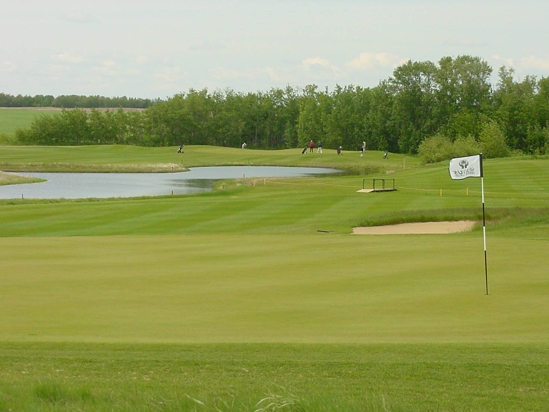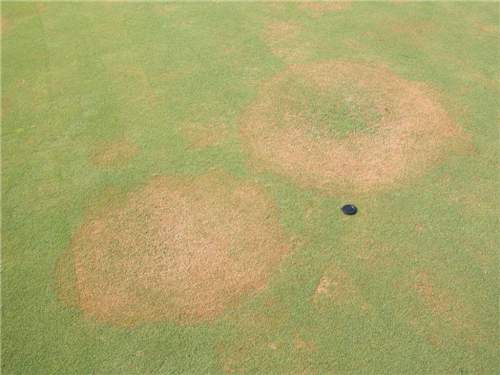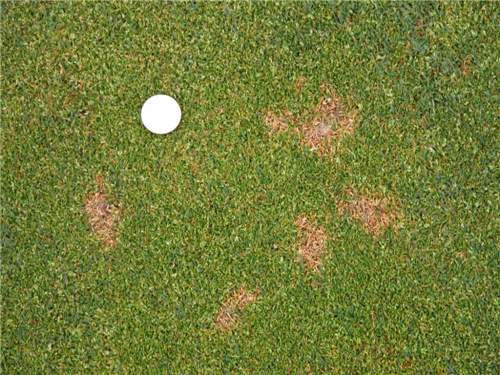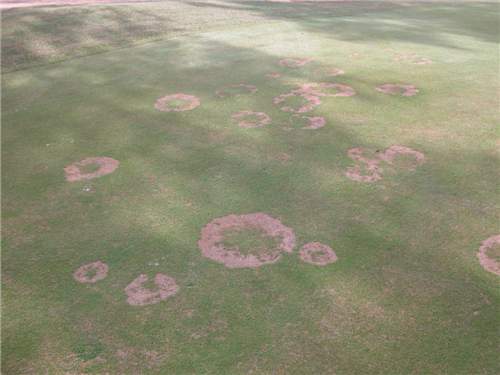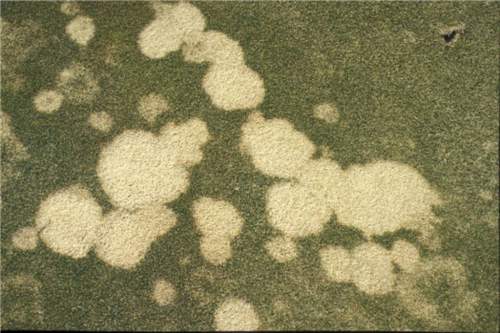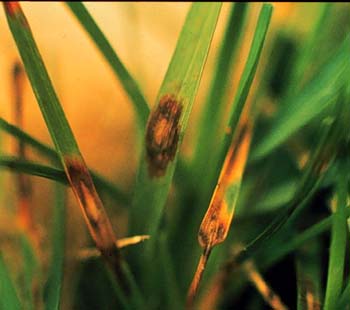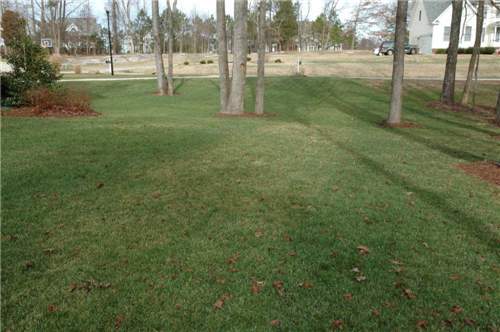Introduction
There are over 100 different diseases that affect turfgrasses. Each turf disease has a specific prescription for its cure and prevention. Some diseases can be suppressed by the application of nitrogen fertilizer, whereas others are encouraged by more nitrogen. Some diseases are suppressed by high soil pH, whereas others are encouraged by low pH. A long list of other turf management practices can be used to control disease, but the most effective prescription is specific for each disease.
As the older, broad-spectrum fungicides are removed from the market due to environmental concerns, they are being replaced with a new generation of products with narrow control-spectrums. These new products are very effective, and safe to the environment, but they are effective against a small number of diseases. Because of this change in the turfgrass industry, accurate diagnosis of turfgrass diseases is becoming even more important.
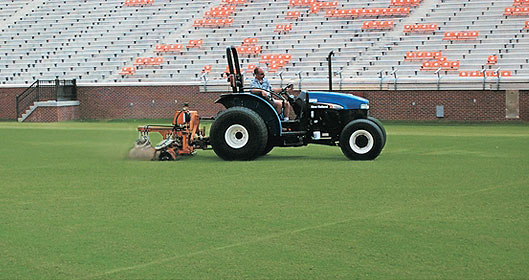
Diagnostic Methods
The first step in turfgrass disease management is identifying the true nature of the problem. Turfgrass diseases are very difficult to identify. Grass plants are very small, and most diseases are caused my microorganisms that can't be seen without a microscope. It is essential to determine whether the problem is a disease, and if so, which disease. The three disease factors (susceptible grass, pathogen, and environoment) provide the sources of information for diagnoses.
Symptoms are the expression of the susceptible grass to the disease and can take on a variety of sizes, shapes, and colors. Two kinds of symtoms should be examined in diseased turfgrass areas: symptoms on individual plants and symptoms on the turf stand. Symptoms may take the form of circular patches, rings, spots, or irregular areas.
In some cases, the pathogen that causes a disease can be observed. Although most turfgrass pathogens are only visible when observed through a microscope, on occasion, pathogens produce structures such as spores, mushrooms, or massive amounts of mycelium. These fungal structures are the signs of the pathogen and are useful, when combined with symptoms, for identifying some diseases.
The environment during the onset of the disease is another source of information used in diseases diagnosis. Factors such as temperature, light intensity, as well as humidity and precipitation just prior to and during disease development can give you an indication of which disease is present. The site characteristics also are important in disease diagnosis. Air movement, drainage, soil conditions, the amount of sun or shade, slope, and nearness of other plantings or buildings all may be important in the development of turf diseases. Poor fertilization and mowing practices may stress the turf and trigger or amplify certain turfgrass diseases, providing additional clues to disease identity.
Disease Control
Successful disease control practices involve manipulation of the environment, the grass, and or the pathogen, to favor the health of the grass and inhibit the casual fungus. The environment can be altered in many ways, depending on the disease to be managed. For example, some diseases require free water for development. Effective stratagies to reduce free water include removing dew and reducing the amount and / or frequency of irrigation. Improved air movement, drainage, thatch reduction, reduced shade, proper regulation of fertilizer applications, and good mowing practices may be appropriate methods for reducing damage from particular diseases and ensuring vigorous turf for recovery from disease damage.
In selecting grasses for turf establishment or renovation, it is always preferable to use mixtures of different grass species or blends of different varieties, rather than seeding a single species or variety. Seeding mixtures and / or blends produces a diverse population of grass plants. Such turf is usually more successful in surviving stress and attack by disease. It doesn't take much imagination to envision what would happen in a planting of one variety of a single species if a disease occurred that was able to cause severe damage on that variety. Diversity in a planting almost always increases odds of survival.
